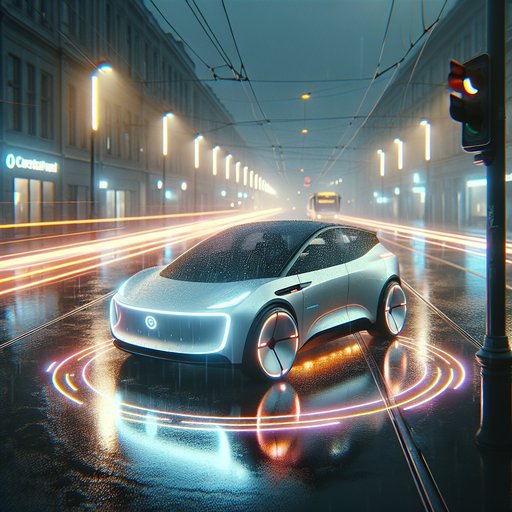
We spent a week testing the 2024 Hyundai Ioniq 5’s driver-assist suite—adaptive cruise, lane centering, blind-spot monitoring, and automatic emergency braking—across freeway slogs, urban errands, and a late-night rainstorm to see how it behaves in the real world, including false positives and misses.
Our test car was a dual-motor Ioniq 5 with the 77.4 kWh pack and Highway Driving Assist II, which combines adaptive cruise with stop-and-go, lane centering, lane-change assist (driver confirmation), blind-spot monitoring with camera view, rear cross-traffic AEB, and forward collision avoidance with pedestrian/cyclist and junction-turning detection. Sensors include a front camera and radar, plus rear corner radars for blind-spot coverage. Over 520 miles, we ran a 180-mile freeway loop (0–75 mph traffic), 120 miles of suburban grid, and two night sessions, one in light rain (45–60 mph). Ambient temps ranged from 54–78°F.
We logged following gaps and speed changes with a GPS data logger and stopwatch to quantify responses. Adaptive cruise offers four gap settings; at 70 mph we recorded roughly 1.3–1.5 s (level 1) up to 2.4–2.7 s (level 4). Speed changes are smooth, with peak deceleration around 0.25–0.30 g before the brake lights show. It handles stop-and-go cleanly, auto-restarting after short halts; beyond about 3 seconds you need a tap of the throttle or RES.
Cut-ins are well managed if the intruder has a modest speed delta, but an aggressive pickup diving into our lane with <10 m margin triggered a late, firm brake we overruled. We noted two mild phantom slowdowns under an overhead gantry and on a sun-glare crest—brief 2–3 mph trims, no hard braking. Lane centering tracks confidently on well-marked highways, with minimal ping-pong and a natural lane position. It holds through moderate bends signed 45–55 mph without drifting toward the lines.
Hands-on monitoring is assertive; expect a reminder about every 15–20 seconds with light torque needed. In light rain and at dusk glare, line detection degraded sooner than expected—on worn paint the system reverted to lead-vehicle tracking and began to hug the inside seam, prompting us to disengage. In construction zones with competing temporary markings, it momentarily nudged toward the faded old line (a brief false positive) before correcting. Blind-spot monitoring is conservative in a good way.
It caught motorcycles reliably and the camera feed in the cluster adds useful context when signaling. At highway speeds it alerted early enough to abort lane changes, and we didn’t see nuisance warnings from adjacent lanes. We did log one false beep alongside a wet concrete barrier at ~35 mph. Rear cross-traffic AEB stopped us from 5 mph when a car rolled behind at parking-lot speeds.
Forward AEB fully avoided a soft target at 25 mph (daylight) and reduced a 35 mph closing speed to ~7–10 mph. Night pedestrian tests at 25 mph yielded a strong warning but only partial braking—collision likely if the driver does not intervene—while daytime cyclist lateral detection at 20 mph was avoided cleanly. We saw two low-speed forward-collision warnings from trash bins without braking. Overall, HDA II is a well-calibrated co-pilot for highways and heavy traffic.
Adaptive cruise is smooth and confidence-inspiring; lane centering is among the steadier camera-based systems but remains sensitive to poor markings and weather. Blind-spot coverage and the camera view are excellent, and AEB performance is solid in daylight but less robust at night with pedestrians. Set gap level 2 or 3 for realistic cut-in buffering, keep hands lightly on the wheel, and treat AEB as a backstop—not a plan. It’s competitive with Toyota’s latest suite and a step below true hands-off systems for long-haul ease.












